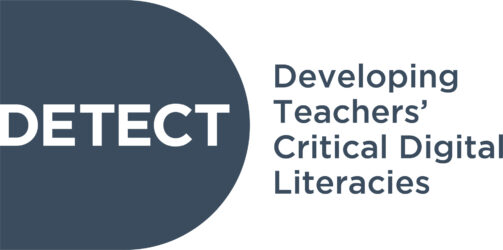This is a resource for teachers of pupils aged 8-14 who aim to support their students with developing media literacy. This can be used by teachers to enhance their own confidence regarding the area of media literacy by providing a step-by-step learning guide over the course of ten lessons. It can also be used with students in order to support them with developing and using a number of skills and approaches relating to media literacy.
- Media literacy,
- Media literacy
- text
- text: document, presentation, lesson plan
- PPt, Pdf
- British Council
- Public Domain
- https://connecting-classrooms.britishcouncil.org/resources/global-learning-resources/media-literacy

